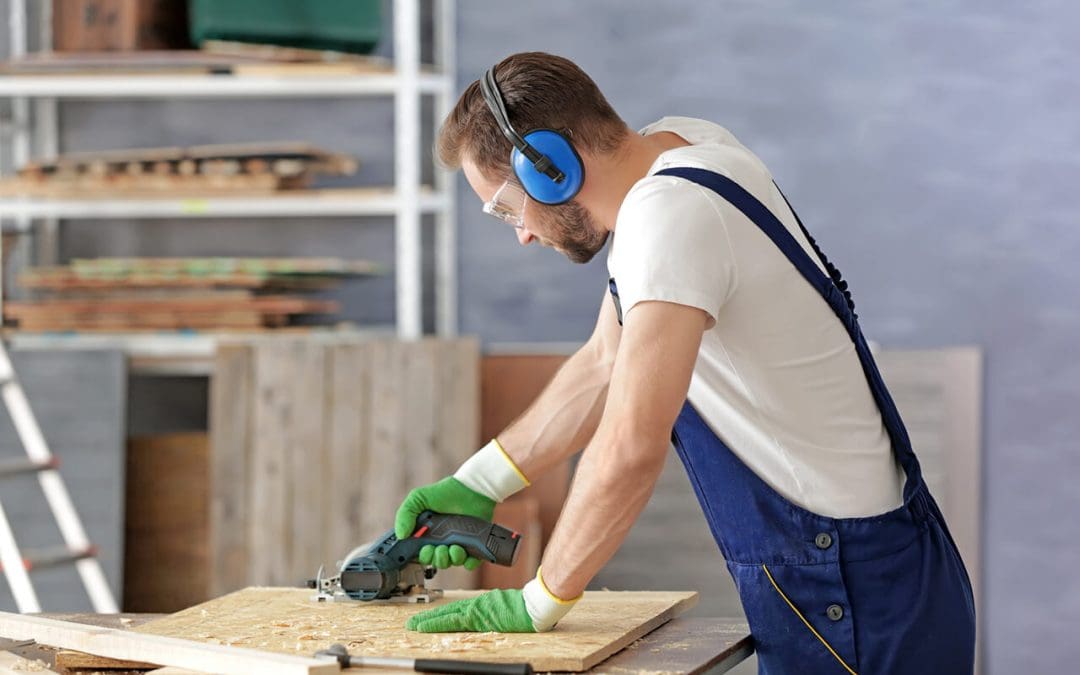Tackling a home improvement project yourself can be incredibly satisfying and often cost-effective. But not every project goes as planned. DIY projects usually come with a learning curve, and some mistakes may lead to extra expenses, safety hazards, or the need to call in a professional. Knowing common DIY mistakes will help you avoid unnecessary stress and get you better results.
Rushing the Job: One of the Most Common DIY Mistakes
One of the biggest DIY mistakes homeowners make is rushing through the process. It’s tempting to skip steps when you’re eager to see the finished product, but cutting corners often leads to poor results, whether it’s not letting paint dry between coats or skipping proper prep work before tiling.
DIY projects sometimes require more patience than we expect. Planning, measuring twice, prepping surfaces properly, and following the manufacturer’s instructions are all important for a successful outcome.
Underestimating Time and Cost
Another common mistake is underestimating how much time and money a project will require. Watching a 10-minute YouTube video will make something look easy, but reality is often more complicated. Unexpected issues pop up, materials cost more than expected, or you realize halfway through that you need a tool you don’t own.
To avoid this, take time to thoroughly research your project. Build a detailed budget with a buffer. The same goes for your timeline. Giving yourself extra room for surprises makes the process less stressful and more enjoyable.
Overconfidence Can Lead to Costly DIY Mistakes
There’s a fine line between confidence and overconfidence. Just because you’re handy doesn’t mean you’re ready to tackle major plumbing or electrical work without proper knowledge. Some DIY mistakes happen when homeowners jump into a project they’re unprepared for, leading to code violations, safety hazards, or significant damage.
Knowing your limits is a strength, not a weakness. If something feels beyond your skill set, consulting or hiring a professional is perfectly reasonable. That doesn’t mean you can’t still be involved in the process—it just ensures your home stays safe and up to standard.
DIY Mistakes with Tools and Materials
Using the wrong tools or cheap materials will quickly derail a simple project. One of the easiest DIY mistakes is assuming that any tool will do the job. For example, using indoor paint on an exterior surface or trying to install trim without a proper saw can lead to disappointing results or even unsafe situations.
If you’re not sure what materials or tools are best for your project, do some research or ask at your local hardware store. Investing in the right supplies pays off in quality and ease of work. Safety gear is essential. Skipping gloves, goggles, or a mask could turn a simple DIY into a serious safety risk.
Neglecting Permits or Building Codes
One often-overlooked DIY mistake is failing to check if your project requires a permit or needs to follow specific building codes. This is especially common in structural changes, electrical additions, or major renovations. Skipping this step may result in fines, forced do-overs, or problems when selling your home.
Even if your project seems small, it’s worth making a quick call to your local building department. A little paperwork now will save headaches later and confirm your work is safe and legal.
Poor Measuring and Planning: A Simple but Costly DIY Mistake
The old adage “measure twice, cut once” is a classic for a reason. Inaccurate measurements throw off entire projects. Cabinets won’t fit, tile won’t line up, or materials will get wasted. Planning errors can also lead to layout issues, awkward finishes, or the realization that you forgot a crucial supply mid-project.
Take your time with the planning phase. Sketch out your ideas, double-check measurements, and make sure your materials match the dimensions of your space. Good planning saves time, materials, and frustration once you’re deep into the work.
FAQs
Will I still save money on home improvements while avoiding these DIY mistakes?
Yes. Even if you hire out part of a job, doing prep work yourself or tackling simpler tasks like painting will save money. Just be realistic about your skills and the project’s demands.
Why do DIY projects often take longer than expected?
Unexpected challenges, learning curves, and a lack of proper tools or materials all contribute. Planning for delays and setting realistic expectations will help you stay on track.
Is it worth investing in high-quality tools for DIY projects?
Definitely, better tools make your work easier, safer, and more precise. If you plan to take on more DIY projects in the future, investing in good tools is money well spent.
GoPro Home Inspections provides home inspections in the Central Florida area. Contact us to request our services.

